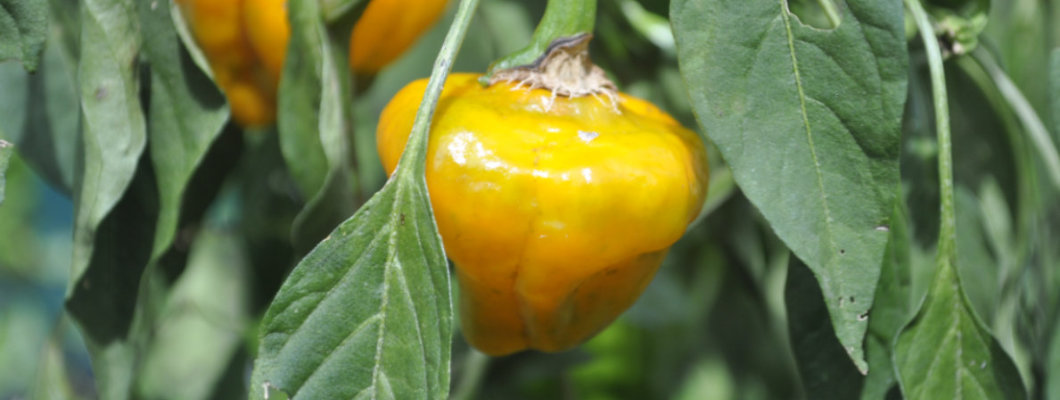
Title image above is copyright © Optimate Group Pty Ltd
(This article was originally published 8th December 2020 here on our Jujube Tree Nursery site.
First published here 24th July 2021.
Edited to include the public domain image below, of a flower’s anatomy, not available at time of original post.)
Fruits
Bananas, peaches, apples, watermelons, and yes, jujubes are all immediately known and recognised as ‘fruits’, and if asked what makes a fruit a fruit, one may perhaps use words such as ‘food’, ‘juicy’, ‘delicious’, and ‘sweet’.
But pumpkins and tomatoes — commonly called ‘vegetables’ (not a botanical term) — are also fruits, albeit savoury ones. As are cumin and caraway ‘seeds’ (really the dried fruits containing the true seeds). And hazelnuts and chestnuts are also fruits! (‘Nut’ has a specific meaning in botany though it is used in common speech to include the culinary ‘nuts’ such as pistachios, almonds, cashews and walnuts, which are all seeds.)
So what exactly is a ‘fruit’?
‘Fruit’, Botanically Speaking
A ‘fruit’, to a botanist, is simply the seed-bearing structure which forms from a flower’s ovary. And only flowering plants, the Angiospermae, produce ‘fruits’.
Going further, the word ‘fruit’ commonly implies ‘food’, but this meaning does not apply in botany — Camellia spp. flowers produce fruits, as do potato flowers, but neither of these feature in our diets. Potato fruits are actually toxic and should never be consumed!
And my, how such a simple definition belies an incredibly diverse range of seed-bearing structures! Let’s explore…
Fruit Types
There are three broad categories of fruit types: simple fruits; aggregate fruits; and multiple fruits.
Simple fruits arise from a single ovary in a flower, and examples include jujube, peach and pea.
Aggregate fruits arise from multiple ovaries within the one flower, and examples include strawberry, raspberry and blackberry.
Multiple fruits, also called false or composite fruits arise from all the flowers within an inflorescence (flower cluster), and examples include pineapple, fig and mulberry.
Fruits can be further categorised as dry (eg cumin and caraway) or fleshy (eg jujube, apricot, tomato).
Fruits can also be categorised into dehiscent (split open on maturity to release the seeds, eg legumes) and indehiscent (don’t split open on maturity, eg chestnut).
Dry fruits can be categorised further into several categories based on very specific botanical criteria way beyond the scope of this post to describe in detail. Two recognisable names are legume (eg pea) and nut (eg hazelnut). More obscure ones include capsule (eg Brazil nut), samara (winged seed, eg maple), silique (eg cabbage) and achene (eg strawberry — yes, the fruity part of a strawberry is actually dry! The fleshy part is not the ovaries, but the receptacle. The ovaries are the ‘seeds’, or achenes, on the outside, which contain the seeds).
There are more categories still: follicle, caryopsis, cypsela, schizocarp, …
Fleshy fruits also can be categorised further into a few categories based on very specific botanical criteria. Such as berry (eg grape), drupe (or stonefruit, eg jujube) and pome (all of the family Rosaceae, containing a ‘core’ surrounded by a tough membrane, with seeds inside the core and the fleshy ‘fruit’ external to the core, eg apple).
Aside: If you ever fancy daily headspins, please do consider studying botany! Did you know that strawberries and raspberries are not botanical berries? A botanical berry is a fleshy fruit without a stone, from a single flower with a single ovary. Meaning bananas, tomatoes, grapes, cucumbers and many other fruits are … berries!
Fruit Development
Below is a diagram of a ‘perfect flower’ — one with both male and female parts and which is self-fertilising:
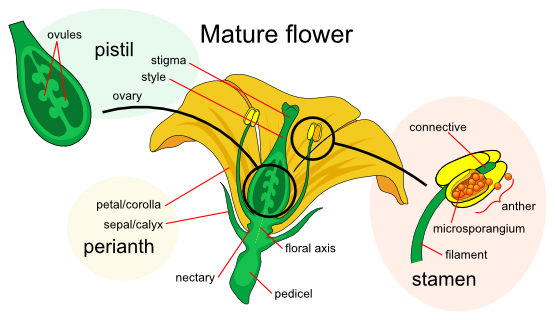
Anatomy of a perfect flower
Attribution: LadyofHats, Public domain, via Wikimedia Commons
Each plant ovary (larger black circle above) contains an ovule(s) — an unfertilised egg essentially. A pollen grain landing on a flower’s stigma germinates and forms a pollen tube, which joins with one ovule. Two sperm (which were in the pollen grain) enter the tube — one enters and merges with the ovule’s nucleus to form a zygote (a fertilised egg), and the other merges with two polar nuclei to form the endosperm (food source for the future-germinating embryo). (Any geneticists reading this will recognise immediately that the endosperm is triploid — and this is normal! More botanical headspinning stuff!)
The ovule is now a fertile seed, and the ovary, depending on the species, will mature into either a dry or fleshy fruit which encloses those seeds.
The ripened ovary wall is called the pericarp.
In fleshy fruits, the pericarp becomes the edible tissue surrounding the seeds, and has three distinct layers: the endocarp, mesocarp, and exocarp (also known as the epicarp).
In (botanical!) berries and drupes, the endocarp directly surrounds the seeds, the mesocarp is the fleshy middle layer, and the exocarp is the outermost skin.
The fleshy fruit of Citrus spp. is a modified berry type called a hesperidium, in which the mesocarp and exocarp form a distinct, separable peel. Another modified berry type, the pepo, has an inseparable rind, and cucumber fruit is an example of this.
The endocarp of pomes is of a cartilaginous appearance, and the layers within the pericarp of dry fruits are not distinguishable.

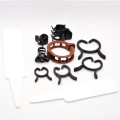
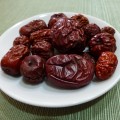
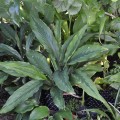
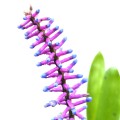

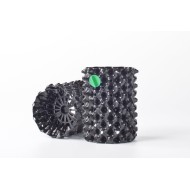
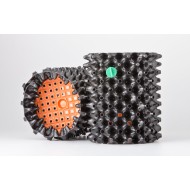
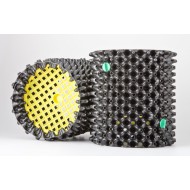

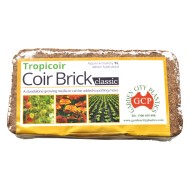
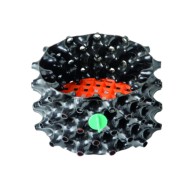
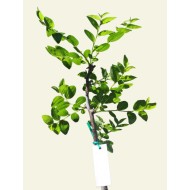
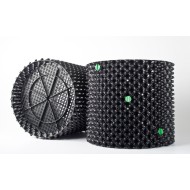
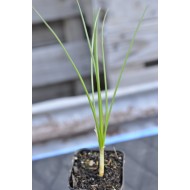
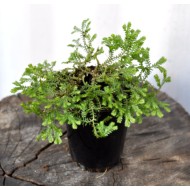
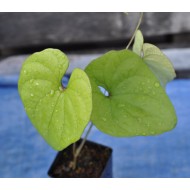
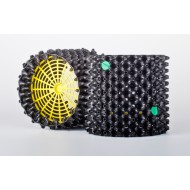
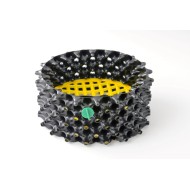
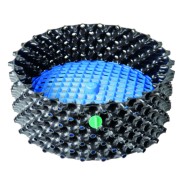
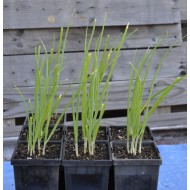
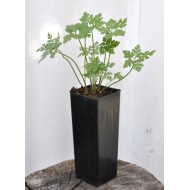
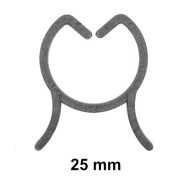
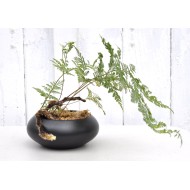
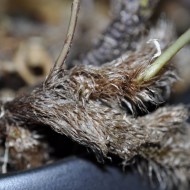
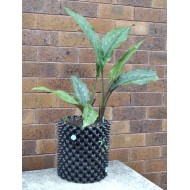
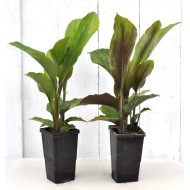
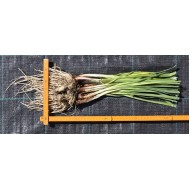
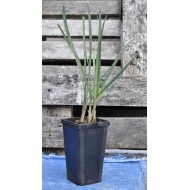
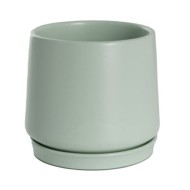
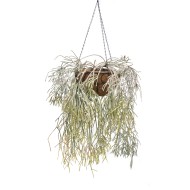
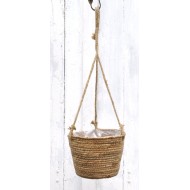
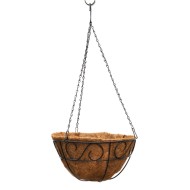
Leave a Comment